Premium Only Content
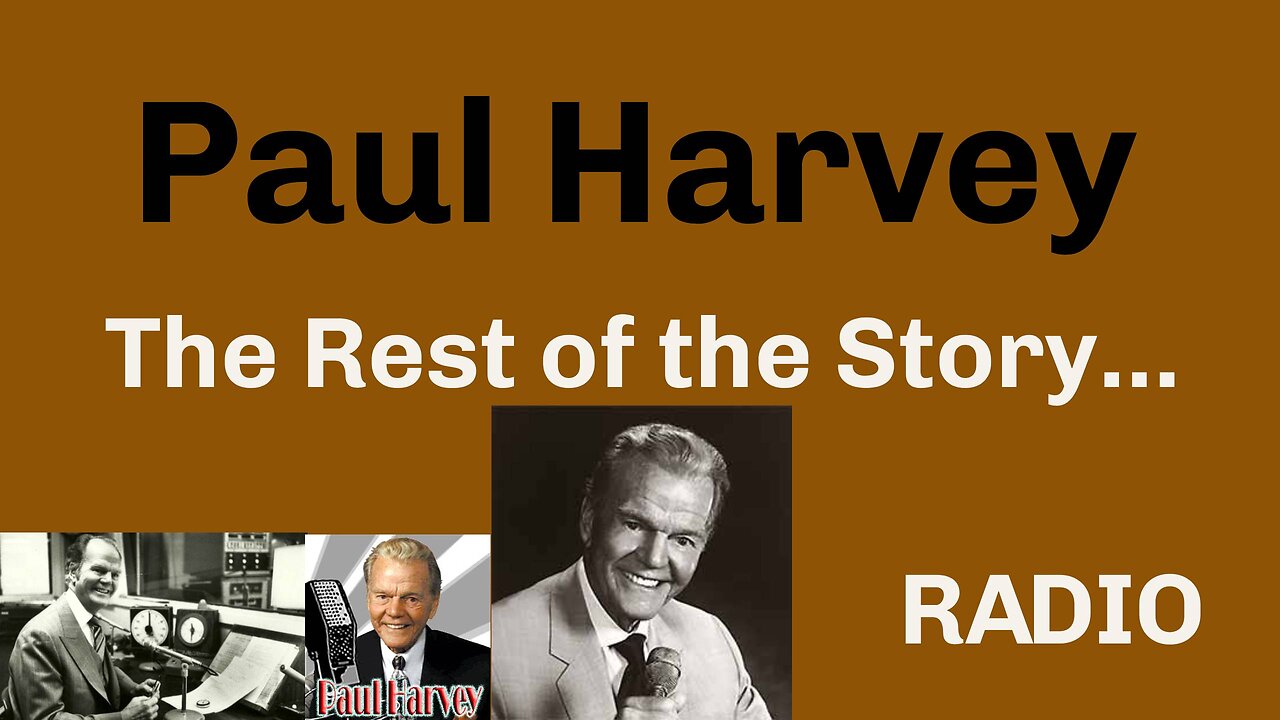
Paul Harvey The Rest of the Story 1-11
Paul Harvey Aurandt (September 4, 1918 – February 28, 2009) was an American radio broadcaster for ABC News Radio. He broadcast News and Comment on mornings and mid-days on weekdays and at noon on Saturdays and also his famous The Rest of the Story segments. From 1951 to 2008, his programs reached as many as 24 million people per week. Paul Harvey News was carried on 1,200 radio stations, on 400 American Forces Network stations, and in 300 newspapers.
Early life
Harvey was born in Tulsa, Oklahoma, and was the son of a policeman who was killed by robbers in 1921. He made radio receivers as a young boy, and attended Tulsa Central High School, where he was two years ahead of future actor Tony Randall. Teacher Isabelle Ronan was "impressed by his voice." On her recommendation, he started working at KVOO in Tulsa in 1933 helping to clean up when he was 14. He eventually was allowed to fill in on the air by reading commercials and the news.
He continued working at KVOO while he attended the University of Tulsa, first as an announcer and later as a program director. He spent three years as] a station manager for KFBI AM, now known as KFDI, a radio station that once had studios in Salina, Kansas. From there, he moved to a newscasting job at KOMA in Oklahoma City, and then to KXOK in St. Louis in 1938 where he was Director of Special Events and a roving reporter.
Career
World War II
Harvey then moved to Hawaii to cover the US Navy as it concentrated its fleet in the Pacific. He was returning to the mainland from assignment after the Japanese attack on Pearl Harbor. He eventually enlisted in the US Army Air Forces but served only from December 1943 to March 1944 resulting from a medical discharge. He then moved to Chicago, where in June 1944, he began broadcasting from the ABC affiliate WENR.
Career in Chicago
In 1945, he began hosting the postwar employment program Jobs for G.I. Joe on WENR. Harvey added The Rest of the Story as a tagline to in-depth feature stories in 1946. One of Harvey's regular topics was lax security, particularly at Argonne National Laboratory, a nuclear research facility 20 miles (32 km) west of Chicago.[4] To demonstrate his concern, just after midnight on February 6, 1951, he entered the grounds by scaling a fence and was quickly apprehended by security guards. In 2010, The Washington Post, having obtained 1400 pages of the FBI file on Harvey, described it as an "act of participatory journalism." Harvey's "escapade" prompted the US attorney for Illinois to empanel a grand jury to consider an espionage indictment. Harvey "went on the air to suggest he was being set up," and the grand jury subsequently declined to indict Harvey.
Going national
Harvey had done sporadic work from Chicago for ABC Radio in the late '40s and early '50s and had just completed two weeks as the guest host for veteran commentator H.R. Baukhage on his daily 11 AM news round-up. When Baukhage returned from his early spring vacation, ABC dismissed him, and put Harvey on in his place. On April 1, 1951, the ABC Radio Network debuted Paul Harvey News and Comment, with a noon time slot on weekdays. His network television debut came on November 16, 1952, when he began a 15-minute newscast on ABC. The program originated at WENR-TV in Chicago.
Later Harvey began to host a separate program, The Rest of the Story, in which he provided backstories behind famous people and events. The Rest of the Story premiered on May 10, 1976, on ABC Radio. The series quickly grew to six broadcasts a week and continued until his death in 2009. It was written and produced by his son, Paul Harvey, Jr., from its outset and for its 33-year duration. Harvey and his radio network stated that the stories in that series, although entertaining, were completely true. That was contested by some critics, including urban legend expert Jan Harold Brunvand.
In November 2000, Harvey signed a 10-year $100 million contract with ABC Radio Networks. A few months later, after damaging his vocal cords, he went off the air, but returned in August 2001.
His success with sponsors stemmed from the seamlessness with which he segued from his monologue into reading commercial messages. He explained his relationship with them: "I am fiercely loyal to those willing to put their money where my mouth is."
-
![🔴LIVE : THE FINALS Season5 [The World's STRONGEST Gamer] 1080p 60fps](https://1a-1791.com/video/s8/1/4/m/-/L/4m-Lv.0kob-small-LIVE-THE-FINALS-Season5-The.jpg) 2:14:36
2:14:36
PacPowerTV
4 hours ago🔴LIVE : THE FINALS Season5 [The World's STRONGEST Gamer] 1080p 60fps
20.1K6 -
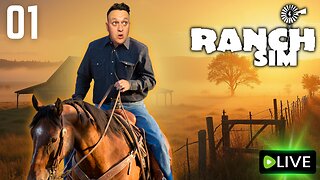 LIVE
LIVE
Joe Donuts Gaming
4 hours ago🟢Live : City Boy Inherits A Ranch 😧😓
1,272 watching -
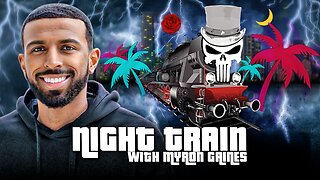 3:41:12
3:41:12
Fresh and Fit
10 hours agoDaniel Penny ACQUITTED & BLM Meltdown
68.9K20 -
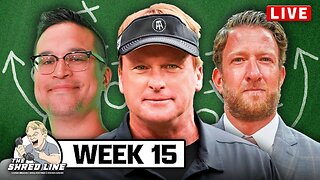 42:46
42:46
barstoolsports
8 hours agoThe Shred Line with Coach Gruden, Dave Portnoy and Steven Cheah | Week 15
47.8K4 -
 3:43:53
3:43:53
EricJohnPizzaArtist
4 hours agoAwesome Sauce PIZZA ART LIVE Ep. #27: Christmas Special! Dr. Disrespect is Coming to Town!
27.8K8 -
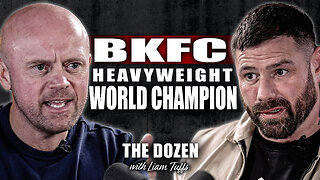 1:42:14
1:42:14
TheDozenPodcast
11 hours agoConnor McGregor, Raoul Moat, Burglary, BKFC Heavyweight Champion: Mick Terrill
28K1 -
 2:10:02
2:10:02
vivafrei
14 hours agoEp. 241: Stephanopoulos PAYS for Defamation! Accused CEO Shooter Gets ELITE Attorney! Drone Madness
150K83 -
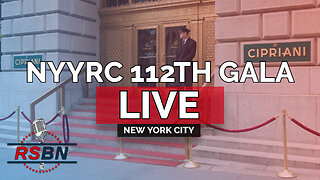 6:05:13
6:05:13
Right Side Broadcasting Network
6 days agoLIVE REPLAY: NYYRC 112th Annual Gala Ft. Steve Bannon, Nigel Farage, and Dan Scavino - 12/15/24
196K15 -
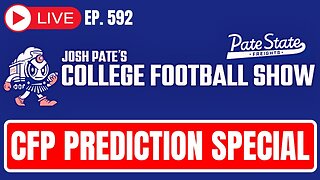 1:22:45
1:22:45
Josh Pate's College Football Show
8 hours ago $2.90 earnedCFP First Round Predictions | Travis Hunter Heisman | Transfer Portal Intel | Biggest Misses In 2024
31K -
 LIVE
LIVE
Vigilant News Network
8 hours agoTsunami of Devastating News Crashes Down on COVID Vaccines | Media Blackout
1,849 watching